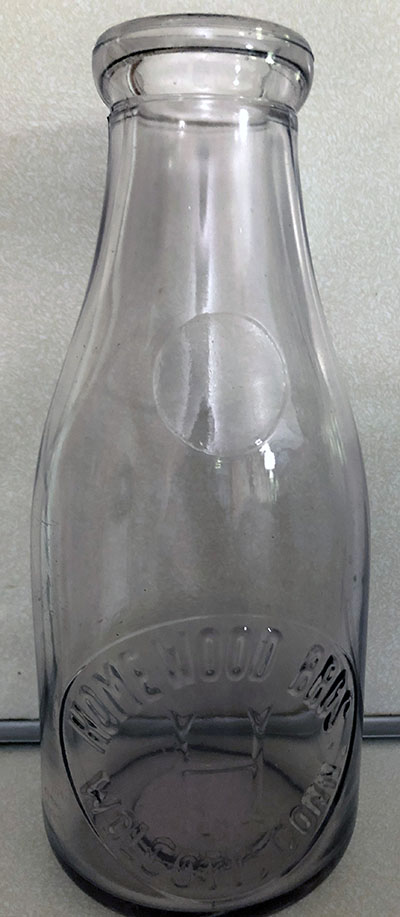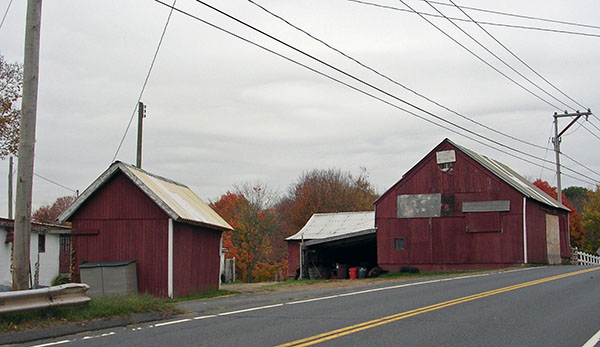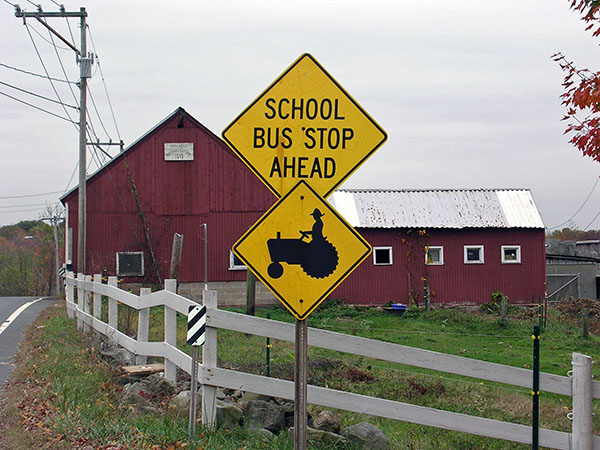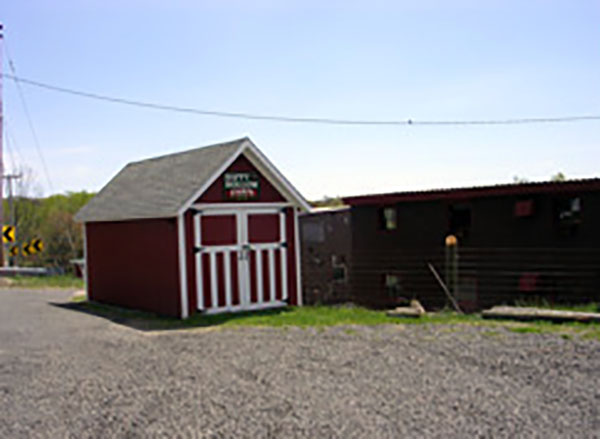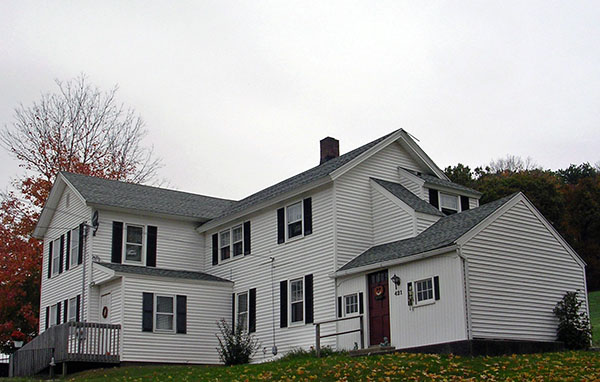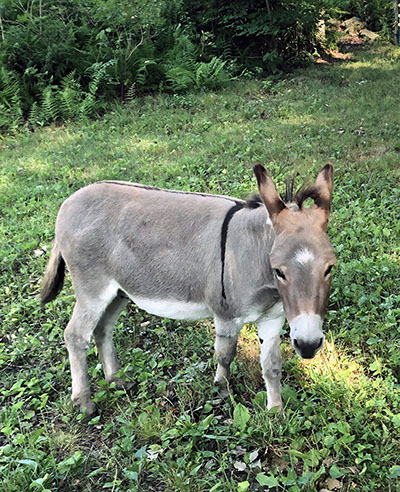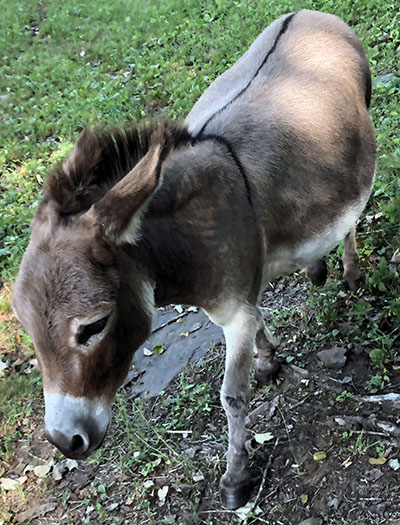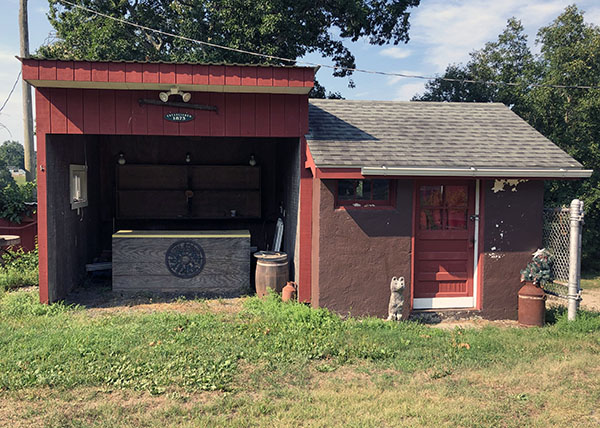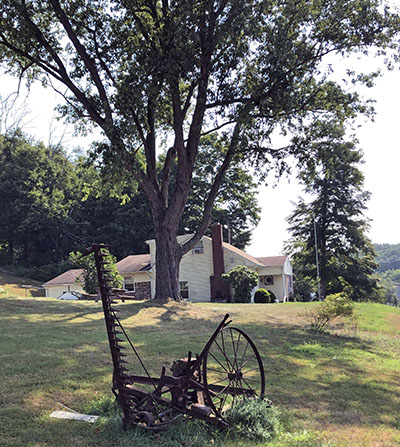|
|
||||||||||||
 |
 |
|
Wolcott Historical Society News - September 2020 By Florence Goodman In last month's article about the Atwood farm I discussed how it was now the home of Pillwillop Therapeutic Farm. I never realized that the name "Pillwillop" was used when Atwood's owned the property until I was talking to a friend about it and she said she remembered seeing a sign with that name many years ago when they would go cut their Christmas tree there. So I called Walter Atwood and asked about this odd name and this is the story he told me. Edgar Norton who lived on Beecher Road told a story about Colonial days when the stagecoach traveled through Farmingbury and stopped on the green at the Bishop/Woodward House, which served as an inn at that time. Edgar said a stranger covered in mud arrived at the green frantic and out of breathe. The stranger while walking over the dirt Catering Road toward the center of town was called into the swamp by a "pillwillop" and that's why he was covered in mud. The locals continually repeated that story and the name became associated with the area that was part of Atwood's farm. This is an interesting folklore story, which has been associated with Atwood's farm then and now.
This month I will continue my discussion of working farms that remain in our town and share the history of Homewood's Happy Hollow Farm, which is located at 421 Center Street.
Albert Homewood established Homewood's Happy Hollow Farm in 1873. The farmhouse was built between 1854 and 1868 for Anson H. Smith who purchased the property from Asaph H. Upson. After several years Anson Smith sold the property to Louis C. Hall who in turn sold the house and forty acres of farmland to Albert Homewood. Albert had three sons; James, Richard and Alvin who grew up on the farm and helped their family maintain it. Through the years the three sons and their families continued to work this forty-acre farm. Mr. Therkildsen, whose farm was next to Homewood's property also helped out on the farm. This farm was known for their chickens and eggs, but they had several milking cows and sold milk, boarded horses, raised various crops, and cut hay. Each of the brothers had full time jobs, but worked the farm before and after work.
In 2002 after the last brother, Richard, died his son, Rick and nephew, Bill alternated farm duties while working full-time jobs to keep the farm going. They rebuilt several of the barns because they were very close to the road and damaged several times by speeding cars as they tried to maneuver the curve. They had hoped to re-establish raising cows on the property, but that has not come to fruition as of yet. The goats are now gone as well as the fifty egg-laying chickens. They were free-range chickens and organically fed, but over time the hawks and bobcats made a meal of them and it was impossible to keep replacing them. They also still cut hay in the fields twice a season; some they keep for themselves and the rest is sold. Bill still uses the family's 1937 John Deer model B and 1944 model A tractors in the fields when haying. They have continued to bring in beautiful Christmas trees from Canada and sell them throughout the holiday season. They also sell wreathes at that time of year. Andrea, Bill's wife, says this tradition is special and hopes they can continue it for many years to come.
About eight years ago Bill and Andrea Homewood bought two baby donkeys. I visited with Andrea one morning in mid August and she introduced me to their two beautiful Sardinian donkeys whose names are Donkey and Jack. These donkeys are bred on the island of Sardinia in the Mediterranean and parts of mainland Italy. They are small in stature and light brown in color with a beautiful long black cross on their backs. When researching about these donkeys, I learned that all donkeys have this dark cross down their back, but it may not be noticed unless their fur is shaved. There is a Christian story that explains that the cross appeared during the time that Christ walked the Earth. I never had heard of this story and was pleasantly surprised. It was fun to walk in the fields with these friendly, beautiful and playful animals. Andrea stated that these donkeys live very long lives so she knows she will be enjoying them for many years to come.
I think I'm truly a farmer at heart because I love to see these old farms in our town still surviving after almost one hundred and fifty years. Farming in Wolcott was never easy and the farms that were located here would not have survived if the men and women working them did not have other jobs to support their families as well as work the farm.
(Information for this article was taken from The History of Wolcott, Connecticut from 1731 to 1874 by Samuel Orcutt and 1986 Historic Resources Inventory by Paul Loether, a phone interview and meeting with Andrea Homewood, August 11, 2020; photos of the farm and barn from Flo Goodman; https://www.abc.net.au/news/2018-10-12/donkeys-where-science-religion-and-pop-culture-collide/10356576; https://en.wikipedia.org/wiki/Sardinian_donkey)
An old Homewood milk bottle
Homewood's Happy Hollow Farm 2007 prior to the barn being rebuilt and moved back from Center Street.
Homewood's Happy Hollow Farm in 2007
One of the rebuilt barns at Happy Hollow Farm.
The Homewood house at 421 Center Street was built between 1854 and 1868 for Anson H. Smith.
This is Jack the Sardinian donkey.
This is Donkey the Sardinian donkey. Notice the cross on her back.
The rebuilt farm stand at Homewood's Happy Hollow Farm.
A piece of old farm equipment located on Homewood's Happy Hollow Farm.
To view past installments of the Historical Society News, click here. |
|
|
[Home]
[News]
[Purpose]
[Calendar]
[Museum]
[Membership]
[History]
[Contacts]
[Links]
All material at Wolcott Historical Society Web sites Copyright © 2000-2020 Wolcott Historical Society |
